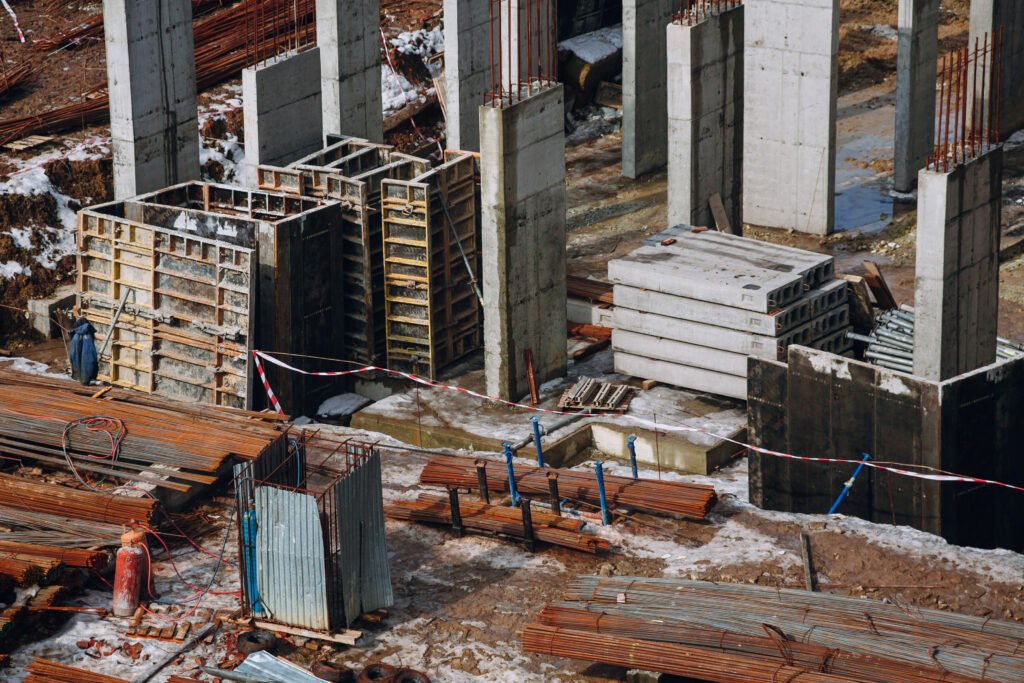Any building or remodeling project must include the organization of trash and construction debris. From the initial demolition to the final cleanup, a variety of waste materials are produced on construction sites, each with unique handling and disposal requirements. Effective management of this debris reduces the environmental impact while also ensuring a cleaner and safer workplace. This guide discusses the different types of construction waste, the most effective junk removal methods, and the reasons why hiring professionals can have a significant impact.
Dust to Disposal: Categories of Construction Junk
Before starting any construction-related cleanup activities, it is essential to comprehend the various waste types generated. Trash Hauling Fast believes that understanding the types of debris involved is the first step towards efficient, moral, and eco-friendly junk removal.

The materials that are most frequently used are broken down as follows:
| Waste Type | Common Examples | Disposal Requirements |
| Electrical & Mechanical Waste | Appliances, HVAC units, wiring, pipes | Some can be recycled, othersmust be disposed of as e-waste |
| Packaging Waste | Cardboard, plastic wrap, strapping materials | Recycled or sent to landfill ifnon-recyclable |
| General Construction Debris | Wood, metal, drywall, tiles, glass, | Can be recycled or sent tolandfills with proper sorting |
| Demolition Debris | Old wood, insulation, plaster,plasterboard | Often recycled or repurposedfor building materials |
| Hazardous Materials | Asbestos, treated wood, and leadpaint, house paint | Must be disposed of at a licensed hazardous waste facility |
From Chaos to Clean: Essential Steps for Debris Disposal
It takes more than just moving materials to properly remove construction waste. It involves proper sorting, recycling, and disposal to lessen the environmental impact.
The primary best practices for C&D waste management are as follows:
- Pre-Construction Planning:
Reducing waste requires careful planning. Avoid overspending and always order the precise quantity of materials required. Everything should be stored to avoid weather damage. Whenever feasible, opt to deconstruct rather than demolish to reuse older building materials, which is good for the environment and your budget.
- Waste Segregation:
Before it is removed, sort all of the waste from the construction site. Divide materials into different categories, including concrete, metals, wood, and hazardous materials. This makes recycling easier and more secure. Other advantages of appropriate waste segregation include the reuse of recyclable materials and the safe disposal of hazardous materials in compliance with regulations.
- Recycling and Repurposing:
It is important to avoid wasting a lot of building materials. Crushed concrete can be used for new projects. You can recycle wood or use it for landscaping. Metal is a valuable material that can be recycled or sold as scrap. Recycling reduces the amount of waste dumped in landfills, saves resources, and helps the environment.
- Hazardous Waste Handling:
Both humans and the environment may be at risk from hazardous materials like asbestos or treated wood. These materials should always be stored in safe, waterproof containers. Send them only to facilities that are authorized to handle hazardous waste. Never combine them with ordinary trash because handling them incorrectly poses major health hazards.
- Professional Construction Waste Disposal Services:
Your construction waste will be handled correctly and safely if you hire a professional junk removal service. Skilled crews handle hazardous waste carefully, sort materials for recycling, and are aware of local disposal regulations. This guarantees regulatory compliance, saves you time, and safeguards the environment and your team.
- Ensure Local Regulations Are Followed:
Verify all local laws before disposing of construction debris. Certain construction waste regulations and the Canadian Environmental Protection Act must be followed in places like British Columbia. By abiding by these guidelines, all construction and demolition waste will be disposed of responsibly and sustainably, protecting the public’s health and preventing fines.
Conclusion
Construction and demolition projects inevitably produce a significant amount of waste, but with the right strategies and careful planning, much of this debris can be managed responsibly. By understanding the different types of construction waste, following best practices for segregation and recycling, and partnering with professional junk removal services, you can ensure a cleaner, safer site and a smaller environmental footprint. Staying informed about local regulations will further support safe and legal disposal, making your construction project more efficient and eco-friendly.
FAQs
Is it possible to recycle construction waste?
It is possible to recycle materials like concrete, wood, and metal.
How can I cut down on waste in construction?
Reuse or recycle materials, and only order what you need.
Why hire professionals for junk removal?
They safely handle waste, sort it, and recycle it.
How do I handle hazardous waste?
Don’t mix it with ordinary trash; instead, take it to designated facilities.
Are there disposal regulations?
Yes, before disposing of debris, always check the local laws.
